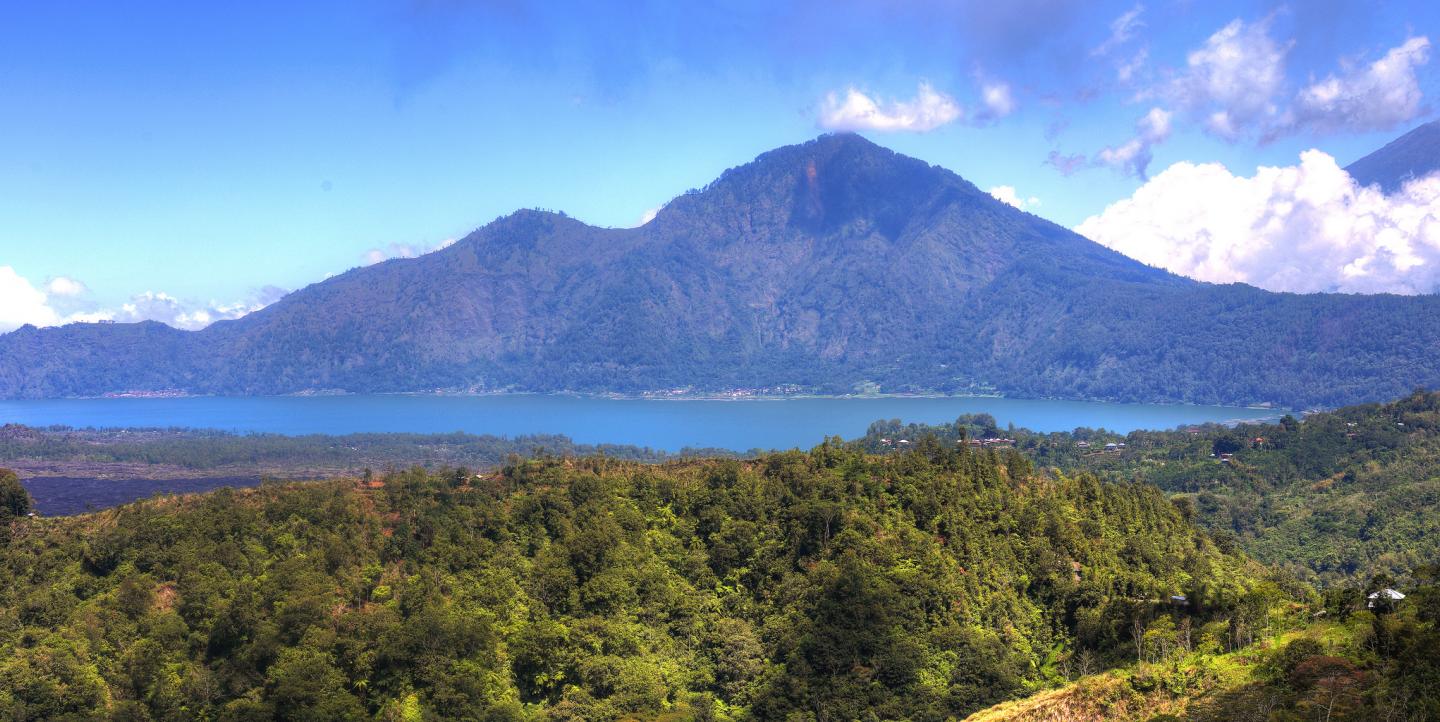Who is the audience for investigative journalism about environmental crises in the developing world? Often, it’s not the residents of those countries themselves. Such reporting, especially when it’s done by nonprofits, can end up trapped in white papers and PDFs with little chance of reaching a broad audience.
The Gecko Project — an investigative reporting initiative from the London-based investigative research nonprofit Earthsight, in collaboration with the environmental news site Mongabay — is trying to change that. Its first series, “Indonesia for Sale,” covers land-rights conflicts, corruption in the palm oil industry and deforestation in the country and is being released in Indonesian and English. It’s also being promoted on Facebook, Instagram and WhatsApp, specifically targeting readers in the districts being reported on. It’s an example of the kind of public-facing investigative journalism increasingly coming out of environmental nonprofits, said Tom Johnson, the head of research at Earthsight.
“Indonesia is a middle-income country, growing very fast,” Johnson said. But there are major gaps in wealth between modern metropolises like Jakarta and the remote, rural districts where most of the land deals take place. In those districts, he said, “companies and private interests tend to also own the newspapers. In the site of our first story in Seruyan [in Indonesian Borneo], there are three or four local newspapers owned by plantation company owners or their allies. And so there’s something of a media black spot within the places where this is occurring.” Residents of the districts, meanwhile, “don’t see people report on this domestically or push it back to them in ways they can access…We wanted to push these things back into the places where they’re reported out.”
“Indonesia for Sale” will consist of a four long articles and a number of shorter contextual stories. That first installment, “The making of a palm oil fiefdom,” is nearly 15,000 words long and was published in October; the next installment will be published in mid-January and will look at the relationship between palm oil companies and elected politicians. Photos and videos, either in Indonesian or with Indonesian subtitles, are being released on social media to draw readers back to the story — via Mongabay and The Gecko Project’s sites, on the project’s Indonesian and English Facebook pages, on Instagram, and on WhatsApp, where the team is working with Indonesian contacts to send it out into their networks. (Here, for instance, is “The making of a palm oil fiefdom” on The Gecko Project’s English-language site, on Mongabay’s English-language site, on The Gecko Project’s Indonesian-language site, and on Mongabay-Indonesia.)
Internet penetration in Indonesia is at about 50 percent and increasing rapidly; the country, with a population of 261 million, had 115 million Facebook users as of August. Nearly everyone has a mobile phone, but data connections in rural areas are slow. Mongabay-Indonesia runs low-resolution pictures that load quickly, “so it doesn’t take too long to be loaded in a place like Seruyan,” said Philip Jacobson, Mongabay’s Indonesia editor. The Gecko Project advertises on Facebook, targeting its content to people who live in Seruyan, and “we’ve seen people from the villages we went to commenting on the videos,” Jacobson noted. The four Facebook videos that The Gecko Project has released so far have received between 8,000 and 118,000 views on the English page, and between 8,000 and 48,000 on the Indonesian page.
“Indonesia for Sale” was led by two investigative reporters, one each from Earthsight and Mongabay, and also included Indonesian freelance reporters and researchers and two photographer-filmmakers. The reporting began in January 2017, though Johnson stressed that it built on years of experience in the country. (“I should add also that in this case we were very much building on research done by two local activists — Nordin Abah and Marianto Sumarto,” he mentioned to me in an email. “We wanted to emphasize in the piece that we were standing on their shoulders and place their own investigations in our narrative. We definitely added a lot of additional information, but they had seen that something was rotten in this place for years and had been trying to do something about it.”) Funding came from The Waterloo Foundation and another foundation that asked to remain unidentified.
This sort of reporting might, in the past, have been “locked up in a PDF report [where it] wouldn’t reach a broader audience,” Johnson said. He noted the growing trend among similar nonprofits to set their reporting free; The Deceivers,” for example, an investigation by the London-based nonprofit Global Witness, was a finalist for this year’s Paul Foot Award, which recognizes investigative reporting in the U.K. Greenpeace U.K. began doing environmental investigative reporting in 2015 and this year launched Unearthed, a revamped environmental reporting site. These sites are obviously pro-environment and pro-conservation. “There are questions around impartiality, and how you navigate that. But people are producing really good work,” Johnson said. In addition, since environmental coverage is a frequent target of cuts, the nonprofits that once might have released their research in white papers can play a role in supplementing existing coverage aimed at a general audience.
“There is a definite trend in these organizations taking a more accessible, more journalistic approach,” said Johnson, who was a freelance journalist for a decade. Plus, he added, “When you go out into the field and do these kinds of investigations, the journey of the investigation is exciting and interesting. You don’t want to boil that down into a dry policy document.”
This story first appeared on Nieman Lab and is republished on IJNet with permission.
Main image CC-licensed by Flickr via Thomas Depenbusch.

